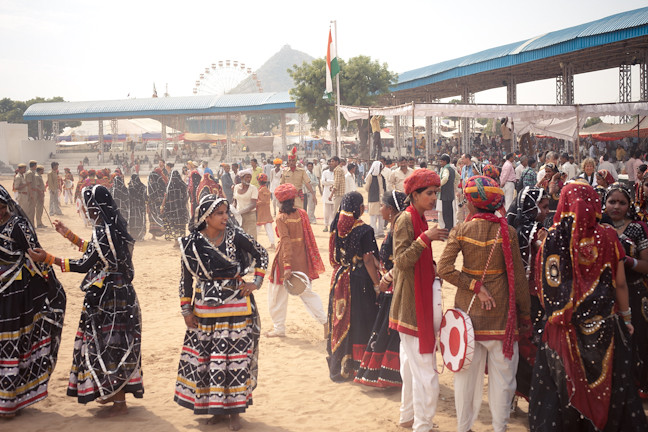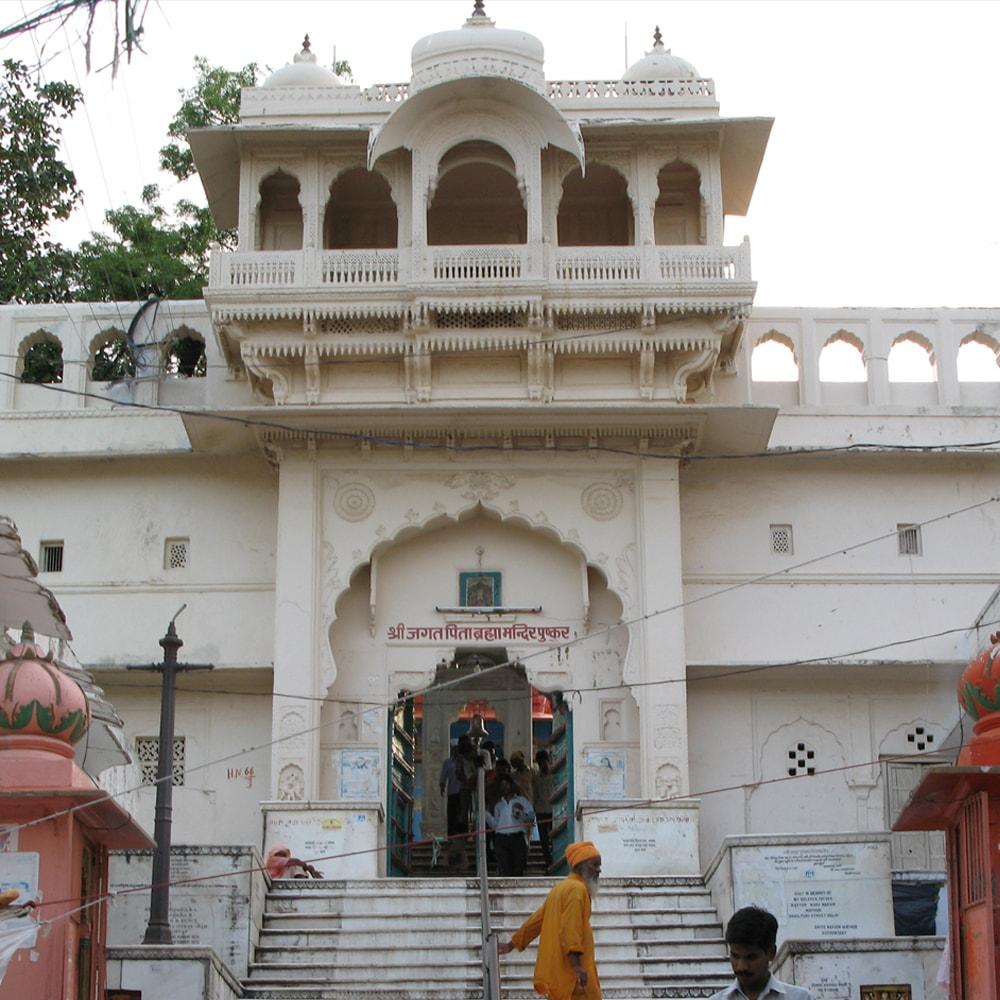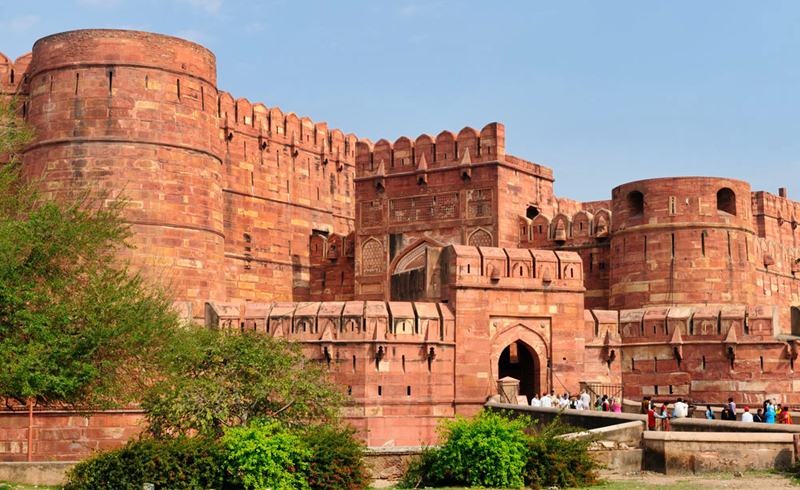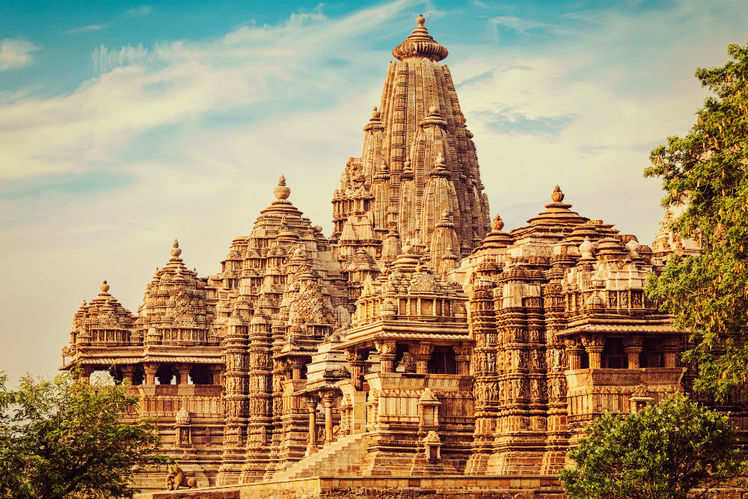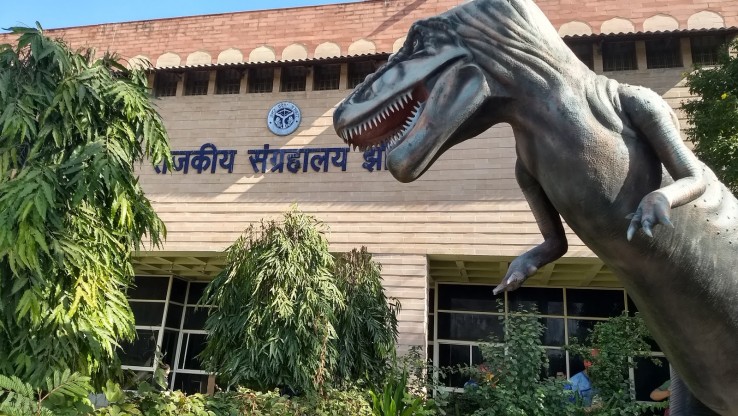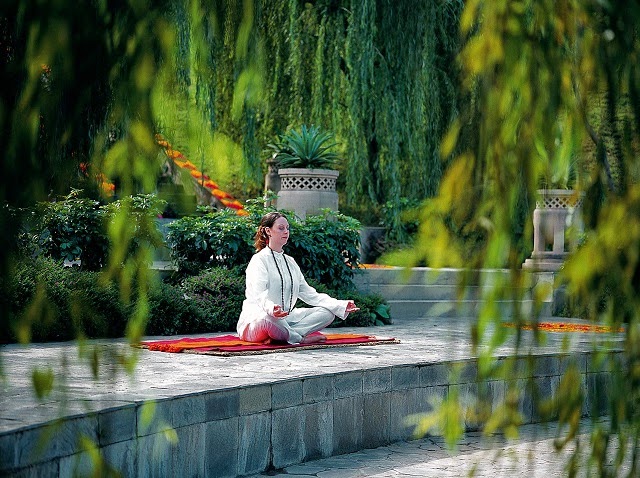7N/8D Valley of Flowers Tour from Delhi
Delhi – Rishikesh – Auli – Govindghat–Ghangaria – Valley of Flowers – Hemkundsahib – Ghangaria – Govindghat– Rudraprayag – Rishikesh – Delhi
Detailed Itinerary
Day 01:Delhi – Rishikesh
Early morning we will start our journey to Rishikesh by Car. Arrive at Rishikesh. Check-in at a pre booked hotel.
Evening at Leisure. Overnight stay at the Hotel.
Day 2: Rishikesh– Auli(250kms/ 09hrs)
After a hearty breakfast we will check-out from hotel and drive to Auli. Reach and check in at hotel. Overnight stay.

Day 3: Auli- Govindghat–Ghangaria (01 hrs drive/14 hrs trek)
Early morning at 0600 hrs we leave from Joshimath for Govindghat, which is the starting point for the trek. From Govindghat there is a gradual ascent along a well – maintained pilgrim trail to the camp at Ghangaria – the base from where day walks can be made into the valley of flowers.

Arrange porters and prepare for the trek. After a light breakfast, 14 km trek up to Ghangaria.

On arrive check in hotel. Overnight stay in Ghangaria hotel.
Day 4 : Ghangaria – Valley Of Flowers – Ghangaria
After breakfast 5 km trek to Valley Of Flowers (3858 m ) from Ghangaria.
The valley is an enchanting sight with an impressive array of rare wildflowers like brahma kamal, fane Kamal with range of small multicolored flowers make it a delight for travelers. The snowclad peaks including Nilgiri Parbat (6474 m) stand in bold relief against the skyline.
The valley is 10 kms long, 2 kms wide, and is divided by the Pushpawati stream, into which several tiny streams and waterfalls merge. After enjoying the beauty of valley we come back to Ghangaria.
Overnight stay in Ghangaria hotel.
Day 5: Ghangaria – Hemkundsahib – Ghangaria
After breakfast 6 km trek to Hemkundsahib (4329 m) from Ghangaria.

This is quite a steep climb. In the Sikh holy book, the Granth Sahib, the Sikh Guru Gobind Singh recounts that in a previous life, he meditated on the shores of a lake surrounded by seven snowcapped mountains now recognized by Hemkund. We visit Lake & Gurudwara. Again 6 km trek back to Ghangaria. Overnight stay in Ghangaria hotel.
Day 6: Ghangaria – Govindghat–Rudraprayag (05 hrs)
After breakfast leave for Govindghat on the trek of 14 kms to reach Govindghat and we drive to Rudraprayag. On arrive check in at hotel.

Day 7: Rudraprayag – Rishikesh (165 Kms /05-6hrs)
After a hearty breakfast we will check-out from hotel and drive to Rishikesh. Reach and check in at hotel. Overnight stay.
Day 8: Rishikesh – Delhi
Today is the last day of the tour. After Breakfast we will start our journey to Delhi. Arrival at Delhi. Drop at Hotel/Airport.
End of Tour
Tour FAQs
q: What is the mode of transportation from Delhi to Rishikesh on Day 01?
a: The mode of transportation from Delhi to Rishikesh on Day 01 is by car.
q: What activities are planned for the evening upon arrival in Rishikesh on Day 01?
a: The evening upon arrival in Rishikesh on Day 01 is free for leisure, allowing travelers to relax and explore the surroundings at their own pace.
q: How far is the distance between Rishikesh and Auli, and how long is the journey on Day 02?
a: The distance between Rishikesh and Auli is approximately 250 kilometers, with a travel time of about 9 hours by car on Day 02.
q: What is the starting point for the trek to Ghangaria on Day 3, and how is it reached?
a: The trek to Ghangaria on Day 3 starts from Govindghat, which is reached by a drive from Joshimath. Govindghat serves as the starting point for the trek.
q: What is the distance and duration of the trek from Govindghat to Ghangaria on Day 3?
a: The trek from Govindghat to Ghangaria on Day 3 covers a distance of approximately 14 kilometers and takes about 5-6 hours to complete.
q: What is the main attraction of Day 4’s itinerary in Ghangaria?
a: The main attraction of Day 4’s itinerary in Ghangaria is the trek to the Valley of Flowers, renowned for its rare wildflowers and stunning landscapes.
q: What is the distance and duration of the trek from Ghangaria to Hemkundsahib on Day 5?
a: The trek from Ghangaria to Hemkundsahib on Day 5 covers a distance of approximately 6 kilometers and takes about 3-4 hours to complete.
q: How is the journey from Ghangaria to Rudraprayag on Day 6 undertaken?
a: After breakfast on Day 6, travelers embark on a trek of 14 kilometers from Ghangaria to Govindghat, followed by a drive to Rudraprayag.
q: What is the duration of the drive from Rudraprayag to Rishikesh on Day 7?
a: The drive from Rudraprayag to Rishikesh on Day 7 takes approximately 5-6 hours to cover a distance of 165 kilometers.
q: What is the final destination and mode of transportation for the return journey to Delhi on Day 8?
a: The final destination for the return journey to Delhi on Day 8 is by car or other private transportation, with drop-off at the hotel or airport in Delhi.
Get a Quote: Call/Whatsapp: +91 9810594172 or Fill Contact Form

























